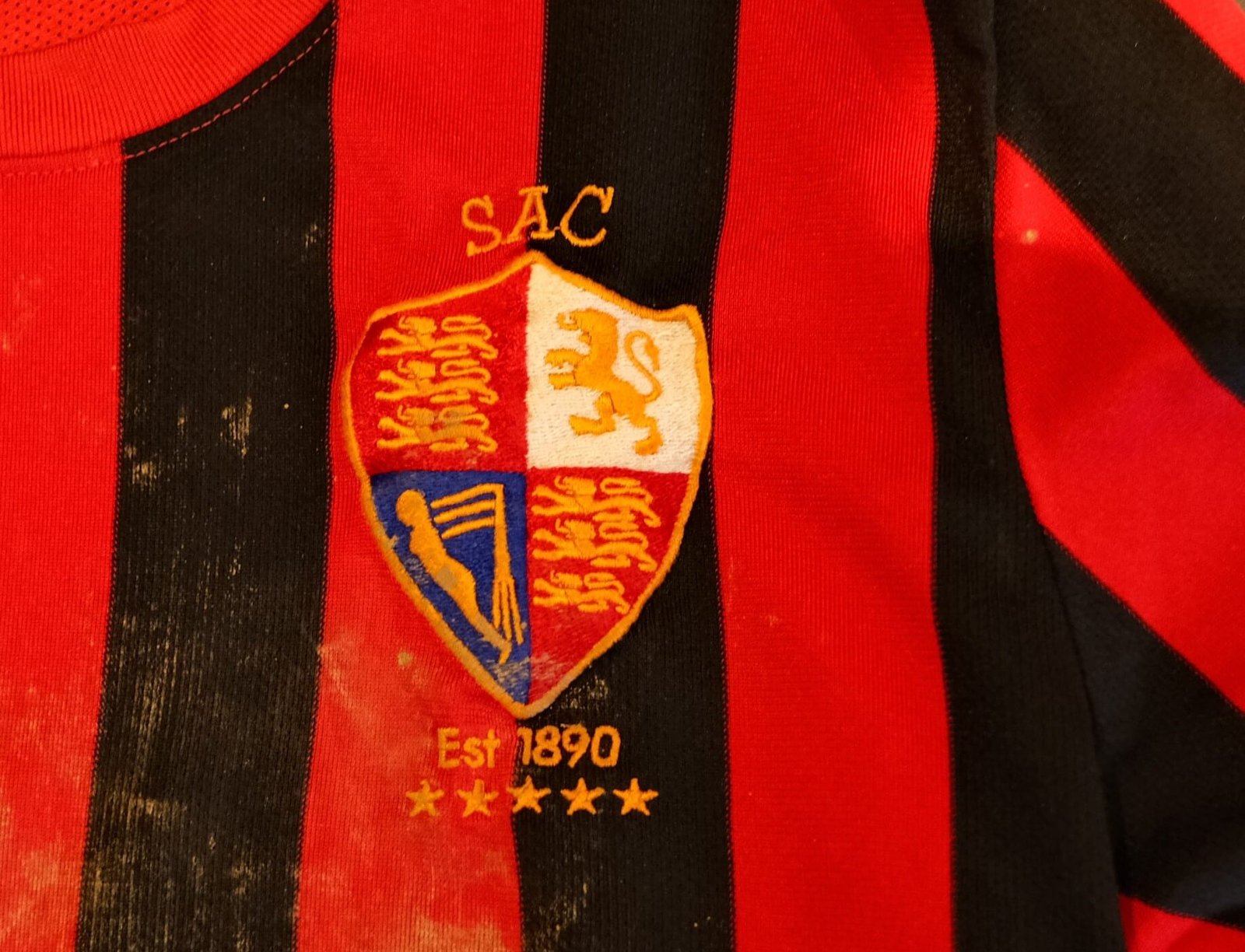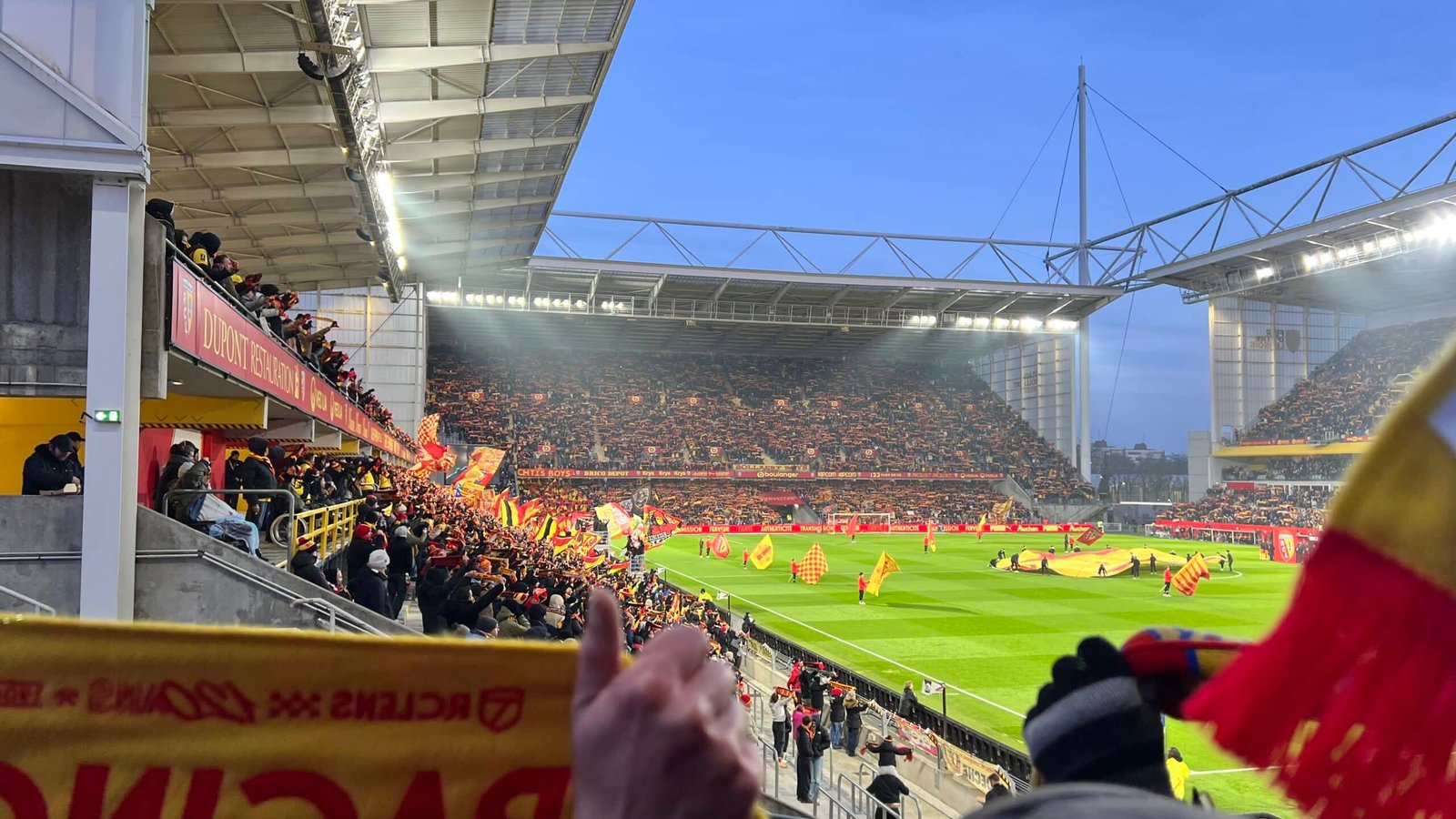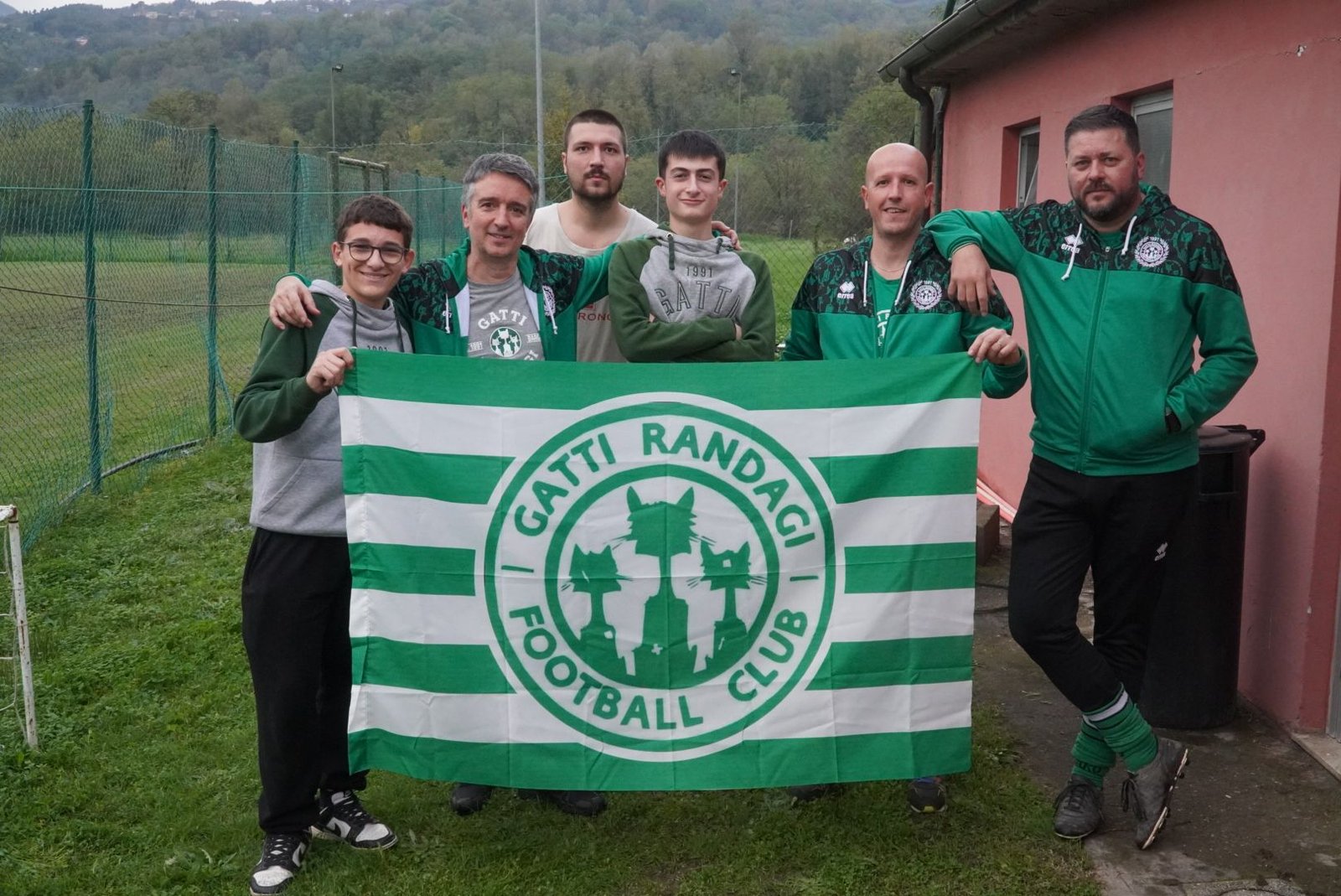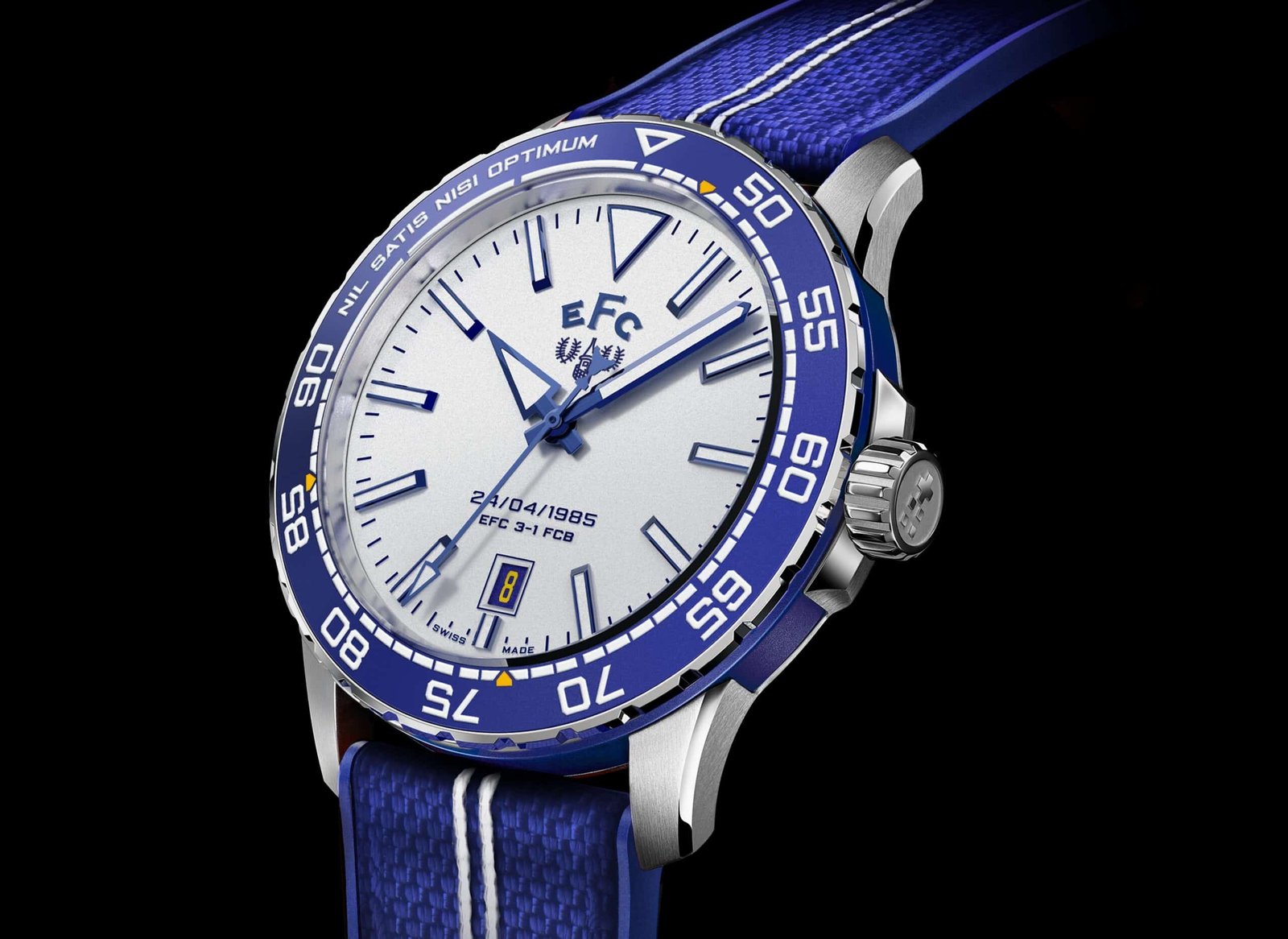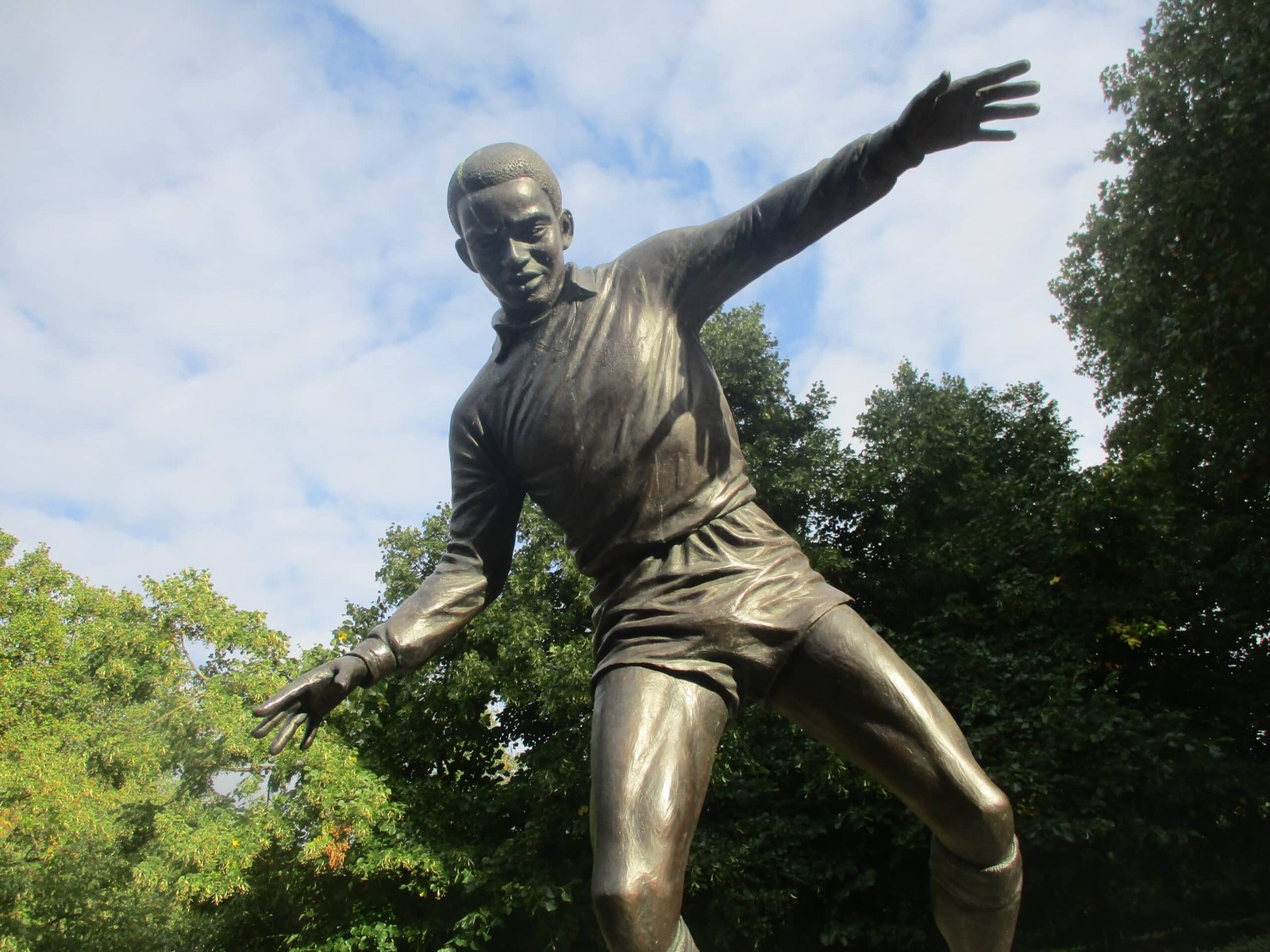Winning the country’s first league titles, Standard Athletic Club proudly wear five stars
Think of the champions of France and you think of Platini’s St-Étienne, Gigi’s Bordeaux and Papin’s Marseille. But before any legendary Frenchman lifted their own league trophy, it was won by a team of Brits who had met at the Horseshoe bar on rue Copernic in Paris: Standard Athletic Club.
Winners of the inaugural USFSA Football Championship in 1894, four years after that initial rendezvous, Standard successfully defended their crown in 1895, then won it three more times in quick succession to warrant five stars being sewn into the club crest.
Just as the café is still there, on the corner of avenue Kléber near the Arc de Triomphe, so are Standard. Exactly 135 years after those 17 founding members convened to settle on the ground rules for their club (“Colours: Red and Black; Members to be British”), just over a century after Standard moved to the leafy suburban enclave of Meudon, a Union Jack flutters beside the football pitch where a multinational XI in that same historic kit runs out every Sunday morning.

A portrait of the Queen oversees the clubhouse which she herself unveiled in 1957 – another of her eldest son is tucked away, waiting to be mounted once he decides to visit. As the club motto says, “Setting the standard since 1890”.
So who were these fine gentlemen whose fin-de-siècle exploits made French football history?
A detailed compendium, The Birth of the Standard Athletic Club – 1st March 1890, is faithfully kept in the SAC library, the records having barely survived the destruction caused by the retreating Nazis who blew up half the clubhouse before the Liberation of Paris in 1944.
The club has its origins in the Paris Exposition of 1889, the world’s fair which gave us the Eiffel Tower. Of the 72 names carved into its iconic structure, and those listed on the plaque at the top, none are British, but many tradesmen came over to work at the site for the six-month jamboree.
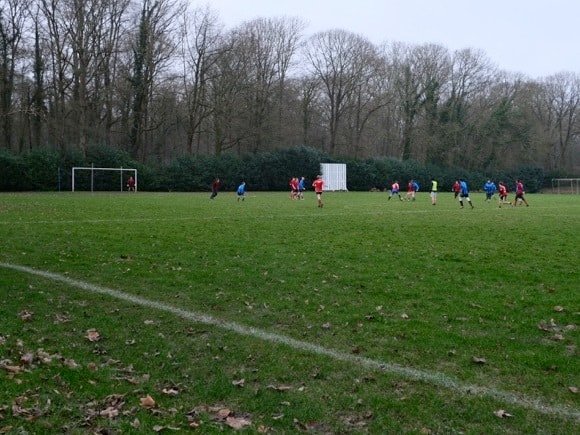
In their free time, some would go swimming at the baths at the Parc des Invalides and, during the bitter winter of 1889-90, skating on the frozen Grand Lac in the Bois de Boulogne. Opposite was a patch of ground where the lads would kick a ball about.
From these casual beginnings, a meeting was suggested and a club formed, named Standard Athletic to reflect the range of activities members would go in for. A decade later, a handful of SAC cricketers would represent France at the Olympics, the only time the sport has featured at the Games.
Prominent in the football team were the Tunmer brothers, Arthur and Neville, who co-wrote the first book in French on the rules of the game. Each sibling would score in France’s first football final, the inaugural 1894 championship decided by a knock-out tournament between five Paris-based teams.
The favourites were The White Rovers, well-connected expats whose patron was the son of a railway magnate. As outlined in a recent Libero feature, Who Were The White Rovers?, the treasurer, William Sleator, ran a well-to-do English-style tailors near the Opera House. He had been the first person to bring goalposts into France. Like SAC, their members had convened in a bar, the Café Français on rue Pasquier in October 1891, this team being well equipped and well turned out.
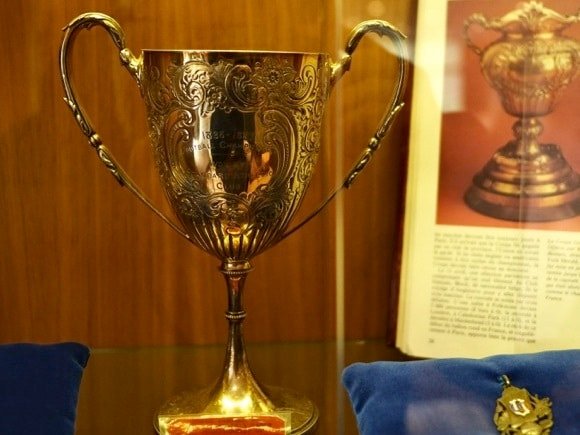
They were also playing at home. Thanks to their personal contacts, The White Rovers had acquired a pitch at Bécon-les-Bruyères in Courbevoie outside Paris, which belonged to the railway company there. From the hosts’ 13-0 thrashing of Neuilly in the First Round, this is where all the 1894 matches were played.
How, then, did Standard triumph against such odds? The club history suggests we look to goalkeeper Harry Wynn. Having held their more illustrious opponents to a 2-2 draw in the first game thanks to the Tunmer brothers, SAC kept The White Rovers at bay for much of the replay until a late breakaway strike from Johnny Vines claimed the trophy for the Red and Blacks.
The cup and a photograph of the winning team are still kept at the Fédération Française de Football, whose secretary-general presented SAC with an official history of the French FA a century later. The trophy is worthy of note, as it was presented by Gordon Bennett, the Paris-based press mogul who unwittingly spawned the namesake phrase used by Cockney characters in British sitcoms of the 1970s.
As for the picture, contrary to the club’s original guidelines, one Frenchman stands proudly among triumphant teammates, Monsieur Leguillard, of whom little is known.
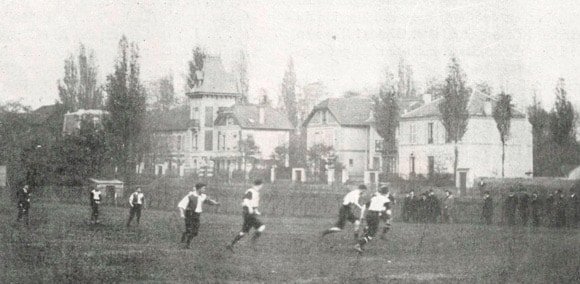
He was not in the line-up when Standard repeated the feat the following year, though the Tunmer and Wynn brothers starred once more. By 1896, the French had begun to master the game. First, pioneering provincial team Havre Athletic beat Standard 4-0 in a friendly, then Club Français won all their eight matches of the third edition of the French league, organised on a round-robin basis.
Their captain was Eugène Fraysse, the local who had co-written that French book on football with Neville Tunmer. Falling in love with the game while studying in England, the homecoming Fraysse soon set up a club for his compatriots, to contrast with the closed societies created by expats.
Club Français was run exclusively for Frenchmen, of course, but proved a near equal match for the rosbifs from the get-go. Taking The White Rovers to the wire in the semi-finals of the first two French Football Championships, the Parisians lifted their first and only title in 1896.
Standard then won it back in 1897 if only by default, the second leg of the final against The White Rovers never played due to mysterious circumstances. The play-off of 1898 saw Standard triumph again, 3-2 over Club Français, the scoreline reversed the following year.
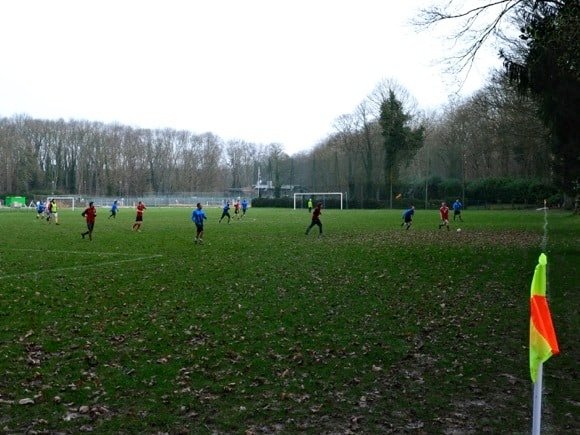
By now the championship was not only open to French clubs but provincial ones, too. In what would prove to be their swansong, for the 1901 final, Standard trounced the team thought to be the finest in France, Havre Athletic. In the decider in Le Havre, long-term captain Will Dunbar Attrill played as roving goalkeeper in an otherwise classic 2-3-5 line-up whose discipline blunted the provincial challengers.
An action photo in Standard’s club history captures an expat player executing a perfect throw-in – a technique not long introduced across the Channel – to the stalwart Attrill. The pitch markings are clear, the goal delineated by posts and a crossbar tape, as nets were a very recent innovation.
Given the nature of expat life, dictated by whim and work contracts, players came and went. The White Rovers blipped out of existence in 1899 while Standard settled into relative obscurity in the Paris league.
The one constant was Philip Tomalin. A Kensington-born rower and cricketer who left Richmond for France at the age of 21, this influential sports administrator became president of Standard in 1892 and competed, as did opening bowler Will Attrill, for France at the Olympic cricket tournament of 1900. Both teams were given little models of the Eiffel Tower in recognition of their participation.
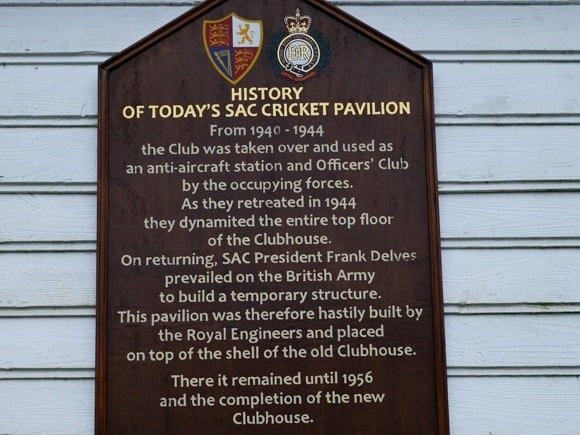
Steering Standard until the outbreak of World War II shortly before his death, ‘Skipper’ Tomalin would play a pivotal role in moving the club out to Meudon after their pitch at Suresnes near the Bois de Boulogne became no longer available.
Standard upped sticks in 1922, the club history describing how members would tiptoe up to Tomalin’s first-floor flat on rue Fresnel, across from the Eiffel Tower, to hand the secretary their secret contribution towards the initiative.
Thanks to their collective endeavours, Standard have owned the clubhouse and the land around it ever since – although the football team, no longer able to compete with the growing professionalism of the French game, dropped out of the league in 1928. In 1932, Tomalin was awarded the Légion d’Honneur for his contribution to French sport.
Rebuilding the clubhouse after its devastation of 1944, Standard Athletic Club became woven into the fabric of post-war expat life in and around Paris. A swimming pool was added, then a golf section and a squash court.
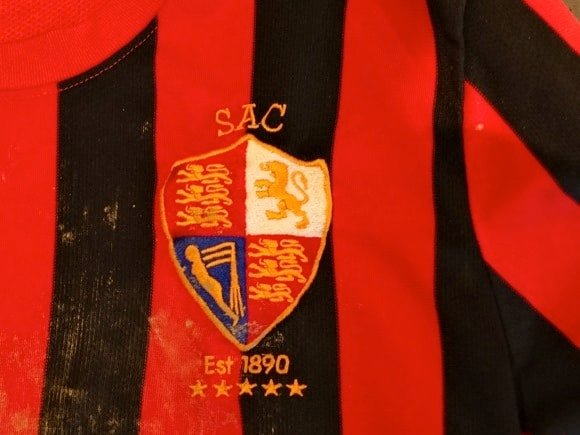
Today, football is one of a dozen other sports and activities, with training for under-8s and juniors, while the seniors train on Thursdays and play friendlies on Sunday mornings.
The multi-national mix may not correlate with the original Brit-only guidelines laid down by the 17 founding members at the Horseshoe bar on March 1, 1890, but the red-and-black shirts match those of France’s first champions 130 years ago.
There is one final, fitting tribute, and evidence of SAC’s influence even as early as 1898: students from St Servais college over the border in Belgium named their new club after the recent title-winners in France. Today Standard Liège can look back on ten Belgian titles, eight cups and four supercups, as well as numerous European campaigns.
Standard Athletic Club, 1 route Forestière du Pavé de Meudon, 92360 Meudon-La-Forêt. RER line C to Meudon Val Fleury from Saint-Michel Notre Dame (journey time 25mins) or Transilien line N from Paris Montparnasse to Bellevue (journey time 15mins).

